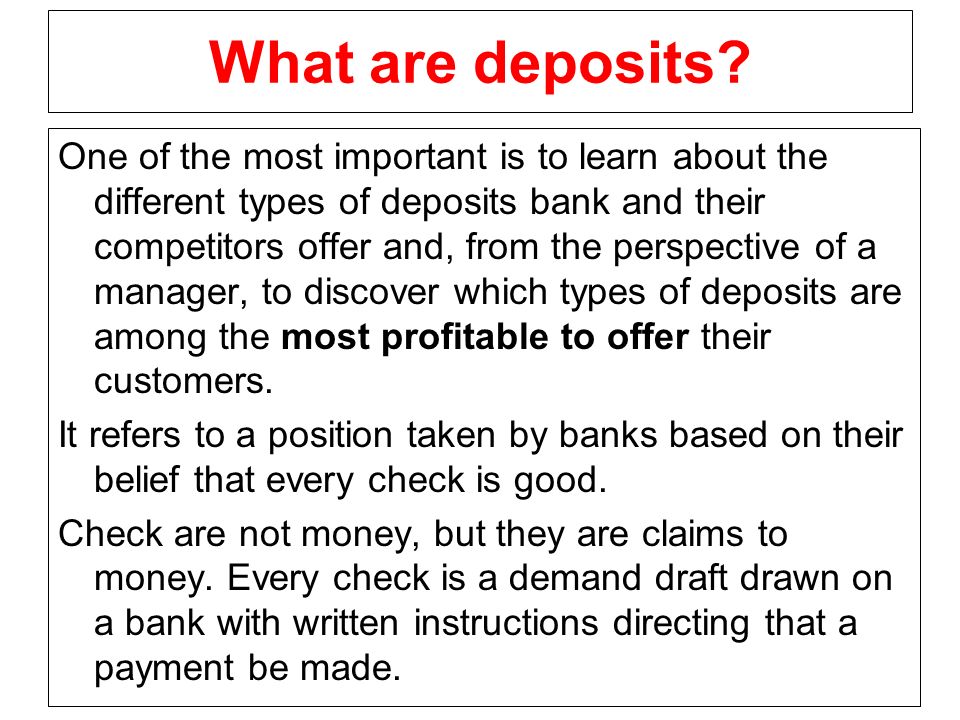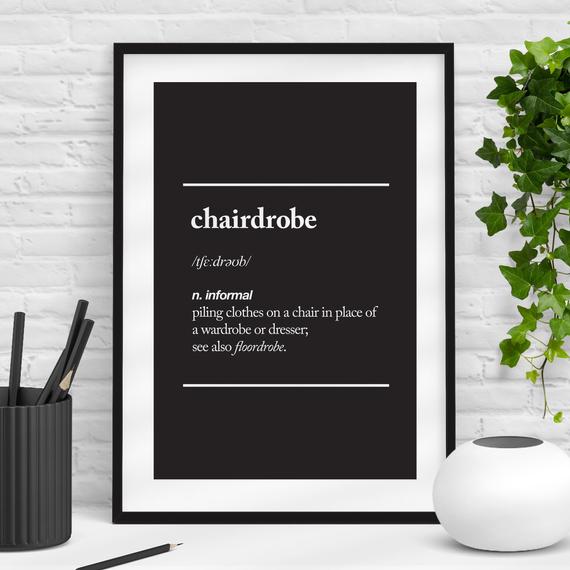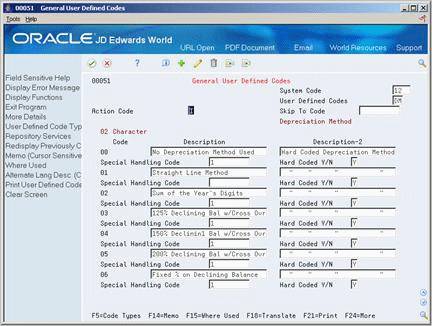Content

Changes to a COA in the short term can make it challenging to analyze the difference in a company’s financial health over the long term. A chart of accounts will likely be as large and as complex as a company itself. An international corporation with several divisions may need thousands of accounts, whereas a small local retailer may need as few as one hundred accounts. To better understand this, consider your personal financial statement. Let’s say you have a checking account and a savings account. You regularly use your checking account for your day-to-day expenses.

COAs can differ and be tailored to reflect a company’s operations. However, they also must respect the guidelines set out by the Financial Accounting Standards Board and generally accepted accounting principles . Equity represents the value that is left in the business after deducting all the liabilities from the assets. Owner’s equity measures how valuable the company is to the shareholders of the company. Companies should also ensure that the COA format remains the same over a period of time.
How do you adjust your chart of accounts
Periodically review the account list to see if any accounts contain relatively immaterial amounts. If so, and if this information is not needed for special reports, shut down these accounts and roll the stored information into a larger account. Doing this periodically keeps the number of accounts down to a manageable level. Shareholder equity is the owner’s claim after subtracting total liabilities from total assets; it represents the net worth of the business. It articulates how much owners have invested, and on the balance sheet is divided by common shares, preferred shares, and retained earnings. Usually the final line (aka the “bottom line”) of any income statement, Net Income is comprised by subtracting all business expenses and operating costs from total revenue.
- Nonoperating revenues, nonoperating expenses, gains, losses, and other items might begin with “9”.
- This is the third type of balance sheet account listed in the chart of accounts.
- The first digit of a six-digit account number will likely indicate the type of account.
- Equity represents the value that is left in the business after deducting all the liabilities from the assets.
- A chart of accounts compatible with IFRS and US GAAP includes balance sheet and the profit and loss classifications.
The income statement accounts are used to generate the other major kind of financial statement which is known as the income statement. After you are done with the list of accounts, make sure to distribute the list to any employees that may use it. Even employees that are not involved in the bookkeeping function my need a copy of the chart of accounts if they code invoices or other transactions. A company’s charts of accounts are as complex and large as the company itself is.
AccountingTools
Equity accounts include common stock, paid-in capital, and retained earnings. Equity accounts can vary depending where an entity is domiciled as some jurisdictions require entities to keep various sub-classifications of equity in separate accounts. A liability is a present obligation of an entity to transfer an economic benefit . Common examples a chart of accounts usually starts with of liability accounts include accounts payable, deferred revenue, bank loans, bonds payable and lease obligations. Each asset account can be numbered in a sequence such as 1000, 1020, 1040, 1060, etc. The numbering follows the traditional format of the balance sheet by starting with the current assets, followed by the fixed assets.

Liabilities are usually broken down into two categories (current and long-term liabilities) with equity being a third. All usually have the same first digit and round out the balance sheet. The higher up on the list, the more liquid the asset may be.
University
For current assets, it’s recommended to put cash on hand before Accounts Receivable and Inventory, followed by any short-term Prepaid Assets that are expensed within a 12-month period. A well-designed chart of accounts should separate out all the company’s most important accounts, and make it easy to figure out which transactions get recorded in which account. While chart of accounts mapping does give important information on business transactions it should not, however, contain everything. Separate accounts for each item are unnecessary; try to club items wherever you can. Knowing what to record can help avoid a lot of confusion in the future. Lastly, a well-structured and up-to-date chart of accounts can be your best friend during tax time.
- It also makes it easier for businesses to comply with financial reporting standards, which makes a chart of accounts extremely beneficial for businesses of all sizes.
- The authors and reviewers work in the sales, marketing, legal, and finance departments.
- 90% of business owners have probably never looked at their chart of accounts.
- There are fixed costs which remain the same when the volume of units of production increases.
- You can see all your assets and liabilities, all on one page.
- Accounts are usually grouped into categories, such as assets, liabilities, equity, revenue and expenses.
- Your equity accounts include any stocks as well as the company’s retained earnings.
Expense accounts are all of the money and resources you spend in the process of generating revenues, i.e. utilities, wages and rent. Companies in different lines of business will have different looking charts of accounts. The chart of accounts for a major airline will have a lot more references to “aircraft parts” than your local cat cafe. The Spanish generally accepted accounting principles chart of accounts layout is used in Spain. In France Liabilities and Equity are seen as negative Assets and not account types of themselves, just balance accounts.
